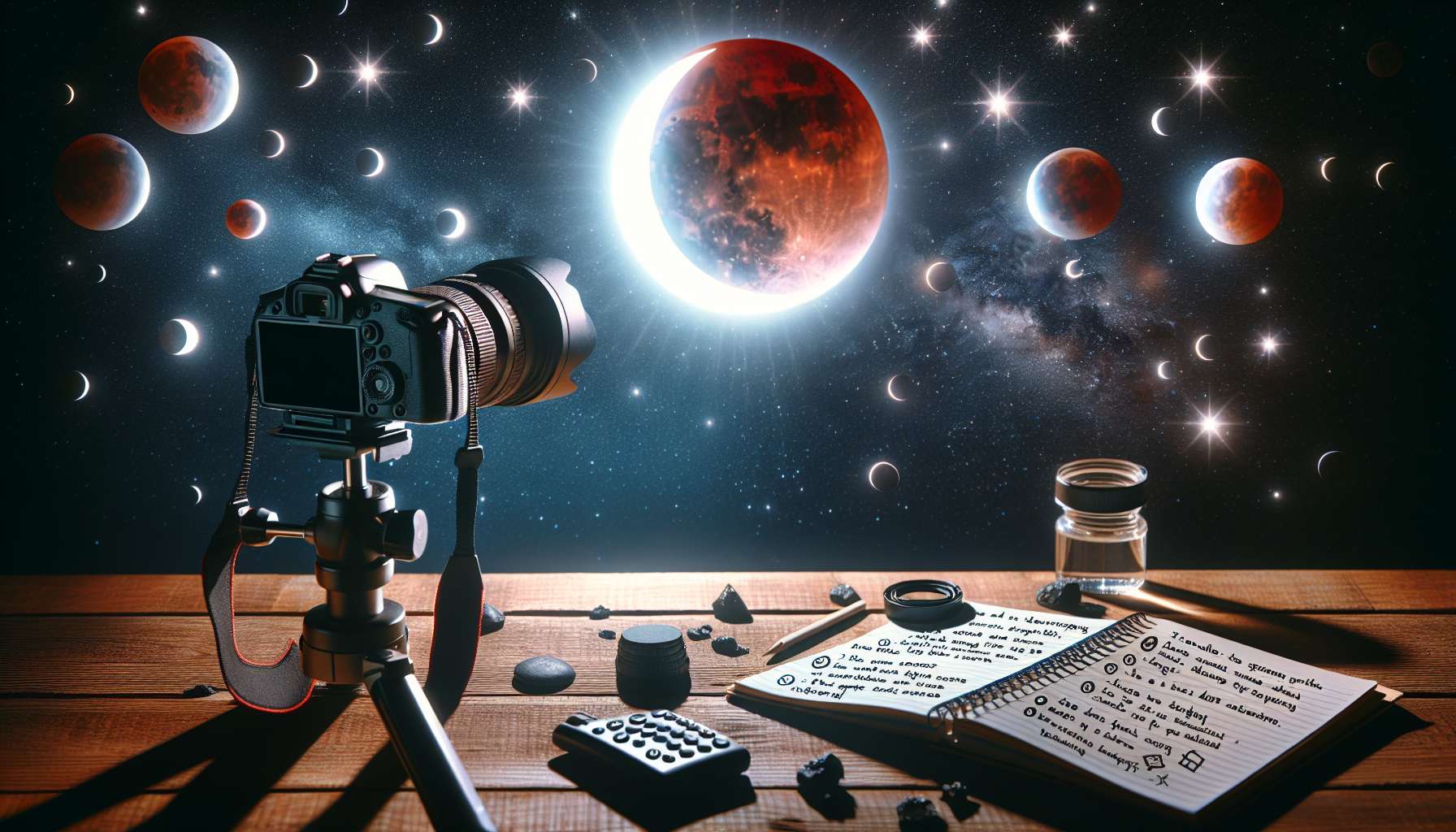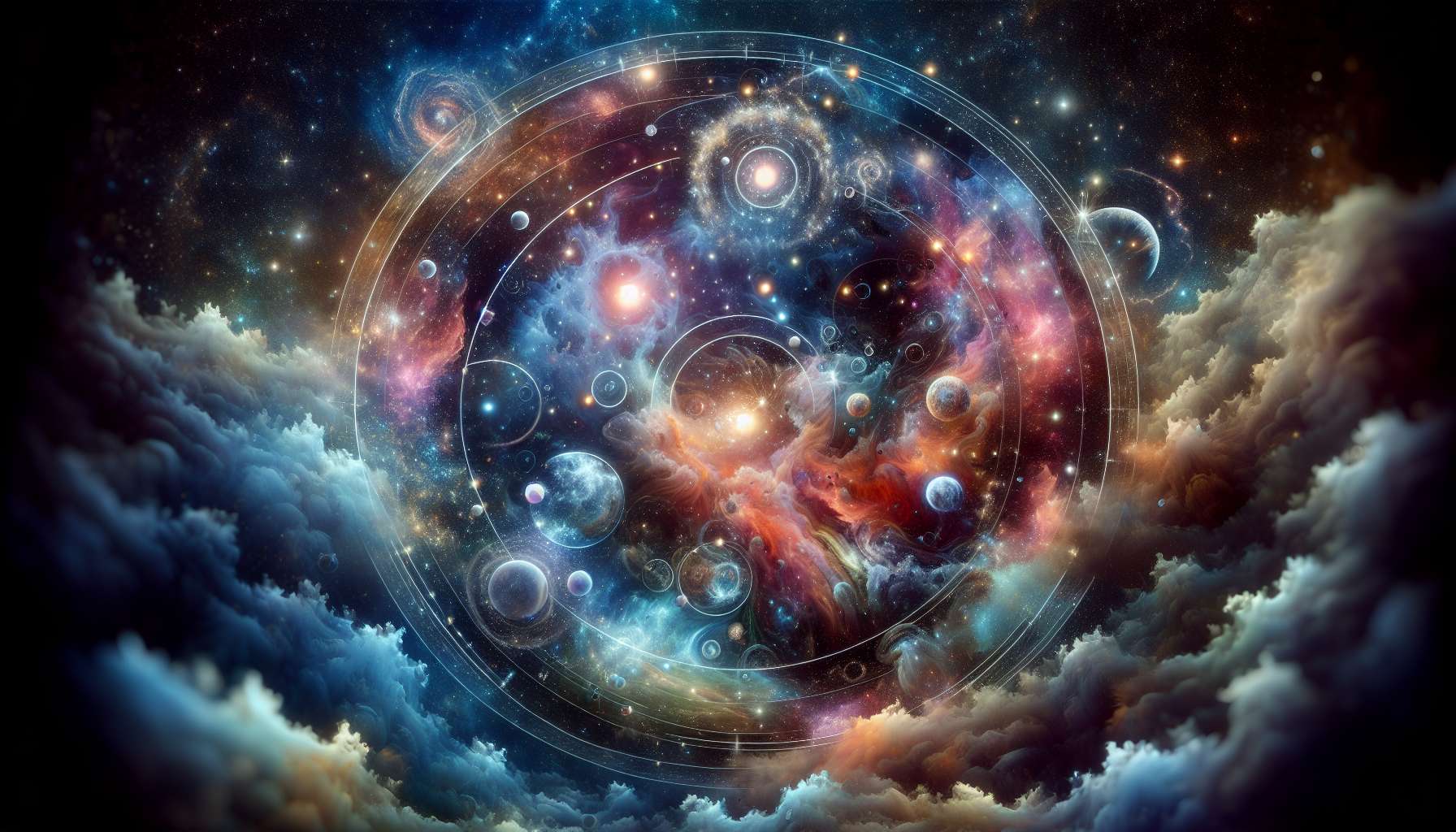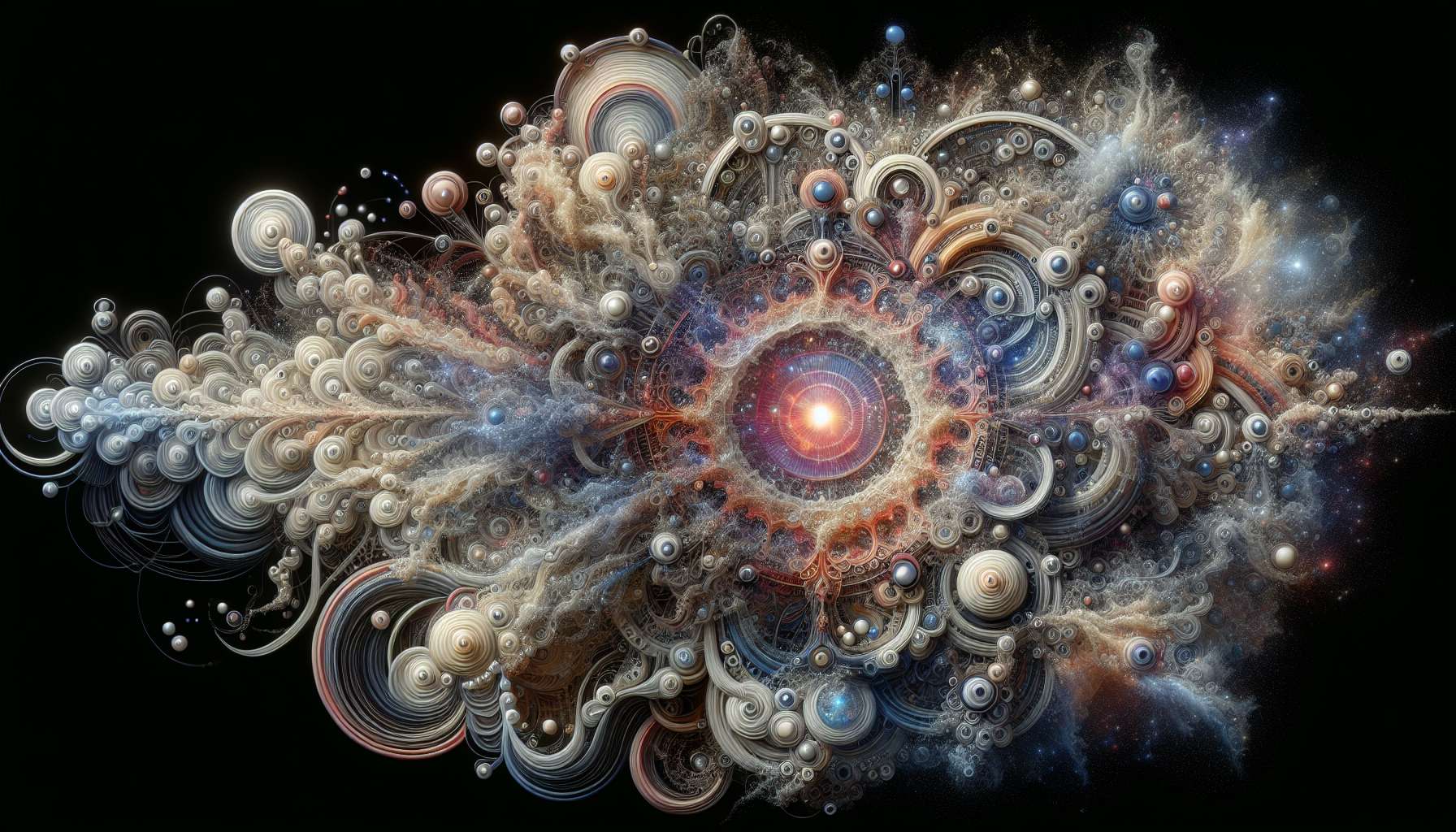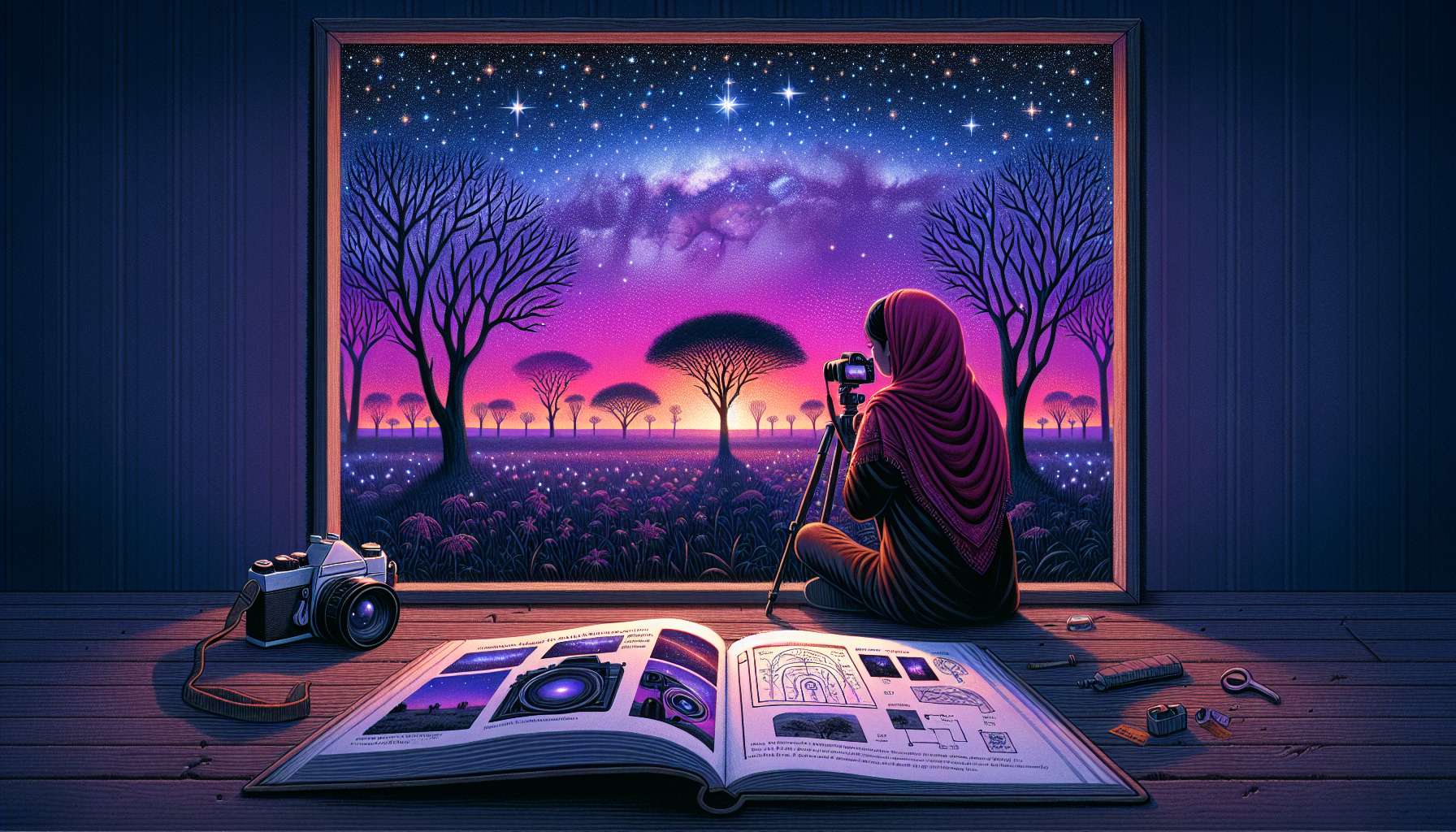Lunar Eclipse Photography Tips: Capturing the Beauty of the Celestial Phenomenon
As the Earth aligns perfectly between the Sun and the Moon, casting a shadow over its surface, a lunar eclipse offers a breathtaking sight to behold. The celestial event has captivated humanity for centuries, inspiring awe and wonder in those who witness its beauty. For photographers, capturing the essence of a lunar eclipse presents a unique challenge and an opportunity to immortalize this rare spectacle through the lens. In this comprehensive guide, we will delve into the world of lunar eclipse photography tips, exploring techniques, equipment, and best practices to help you capture stunning images of this celestial event.
Understanding the Basics of Lunar Eclipses
Before diving into the realm of lunar eclipse photography, it is essential to understand the science behind this celestial phenomenon. A lunar eclipse occurs when the Earth passes between the Sun and the Moon, casting a shadow on the lunar surface. This alignment results in the Moon appearing to darken and sometimes take on a reddish hue, often referred to as a “blood moon.” There are three main types of lunar eclipses: total, partial, and penumbral, each offering unique opportunities for photographers to capture mesmerizing images.
During a total lunar eclipse, the Moon is fully immersed in the Earth’s shadow, turning a deep red color as sunlight filters through the Earth’s atmosphere. Partial lunar eclipses occur when only a portion of the Moon enters the Earth’s shadow, creating a partial darkening effect. Penumbral lunar eclipses are more subtle, with the Moon passing through the Earth’s outer shadow, resulting in a faint darkening of the lunar surface.
Choosing the Right Equipment for Lunar Eclipse Photography
When preparing to photograph a lunar eclipse, having the right equipment is key to capturing stunning images of this celestial event. Here are some essential tools and gear you will need:
Camera
Invest in a DSLR or mirrorless camera with manual settings to have full control over your exposure and focus. A camera with a high ISO range and low-light capabilities will be beneficial for capturing the dimly lit lunar surface during an eclipse.
Lens
Choose a telephoto lens with a focal length of at least 200mm to zoom in on the Moon and capture its intricate details. A lens with a wide aperture, such as f/2.8 or lower, will allow more light to enter the camera, enhancing the quality of your images.
Tripod
Stability is crucial when photographing a lunar eclipse, as any camera shake can result in blurry images. Use a sturdy tripod to keep your camera steady during long exposures and ensure sharp, clear photos.
Remote Shutter Release
Using a remote shutter release or a cable release will prevent camera shake when taking photos, especially during long exposures. This accessory allows you to trigger the shutter without physically touching the camera, resulting in sharper images.
Filters
Consider using a neutral density or graduated ND filter to reduce the brightness of the Moon and balance the exposure between the lunar surface and the surrounding sky. Filters can help enhance the contrast and details in your lunar eclipse photos.
Tips for Capturing Stunning Lunar Eclipse Photos
Now that you have the right equipment in hand, here are some essential tips and techniques for capturing stunning images of a lunar eclipse:
Plan Your Shoot in Advance
Research the date, time, and location of the upcoming lunar eclipse to plan your shoot in advance. Scout for a suitable location with a clear view of the Moon and minimal light pollution to ensure optimal conditions for photographing the celestial event.
Use Manual Settings
Switch your camera to manual mode to have full control over your exposure settings. Start with a low ISO (e.g., 100-400) to reduce noise in your photos, and adjust your aperture and shutter speed accordingly to achieve the desired exposure.
Focus on the Moon
Manually focus your lens on the Moon to ensure sharp, detailed images. Use live view mode on your camera to zoom in on the lunar surface and fine-tune your focus manually for precise results.
Experiment with Exposures
During a lunar eclipse, the brightness of the Moon can vary significantly, depending on the phase of the eclipse. Experiment with different exposure settings to capture the changing light conditions and adjust your settings as needed to achieve well-exposed photos.
Capture the Eclipse Phases
Take a series of photos throughout the different phases of the lunar eclipse, from the partial phases to the totality and back. This will allow you to create a time-lapse sequence or composite image showcasing the entire eclipse event.
Consider Composition
Think about the composition of your lunar eclipse photos, including foreground elements such as trees, buildings, or landmarks to add depth and context to your images. Experiment with different angles and perspectives to create visually captivating compositions.
Post-Processing and Editing
After capturing your lunar eclipse photos, use post-processing software such as Adobe Lightroom or Photoshop to enhance and fine-tune your images. Adjust the exposure, contrast, colors, and sharpness to bring out the best in your eclipse photos.
Expert Opinions on Lunar Eclipse Photography
We reached out to renowned astrophotographer and photography expert, Dr. Emily Jones, for her insights on capturing stunning lunar eclipse photos. According to Dr. Jones, “Lunar eclipses offer a unique opportunity to showcase the beauty of our celestial neighbors and inspire awe in viewers. With the right equipment and techniques, photographers can capture mesmerizing images of this rare event and create visual masterpieces that transcend time.”
Common Misconceptions About Lunar Eclipse Photography
There are several misconceptions surrounding lunar eclipse photography, including the belief that you need expensive equipment to capture quality images. While having high-end gear can enhance your photos, it is possible to achieve stunning results with more affordable camera setups and accessories. Another common misconception is that you need to be an experienced photographer to capture lunar eclipses. With practice, patience, and a passion for photography, photographers of all skill levels can master the art of capturing lunar eclipse photos.
FAQs About Lunar Eclipse Photography
Q: Do I need a telescope to photograph a lunar eclipse?
A: While a telescope can help magnify the Moon and capture intricate details, you can also use a telephoto lens on a DSLR or mirrorless camera to photograph a lunar eclipse effectively.
Q: What is the best time to photograph a lunar eclipse?
A: The best time to photograph a lunar eclipse is during the totality phase when the Moon is fully immersed in the Earth’s shadow, creating a stunning red hue. Be prepared to capture the different phases of the eclipse for a comprehensive visual narrative.
Q: How can I minimize noise in my lunar eclipse photos?
A: To reduce noise in your lunar eclipse photos, use a low ISO setting, such as ISO 100-400, and avoid long exposures that can introduce digital noise. Additionally, consider using noise reduction techniques in post-processing to enhance the quality of your images.
To Wrap Things Up
Photographing a lunar eclipse is a rewarding and awe-inspiring experience that allows photographers to capture the beauty of our celestial neighbors in stunning detail. By following the tips and techniques outlined in this guide, you can enhance your photography skills and create captivating images of lunar eclipses that showcase the magic of the night sky. Remember to plan your shoot in advance, use the right equipment, and experiment with different settings to capture the essence of a lunar eclipse through your lens. Happy shooting!




